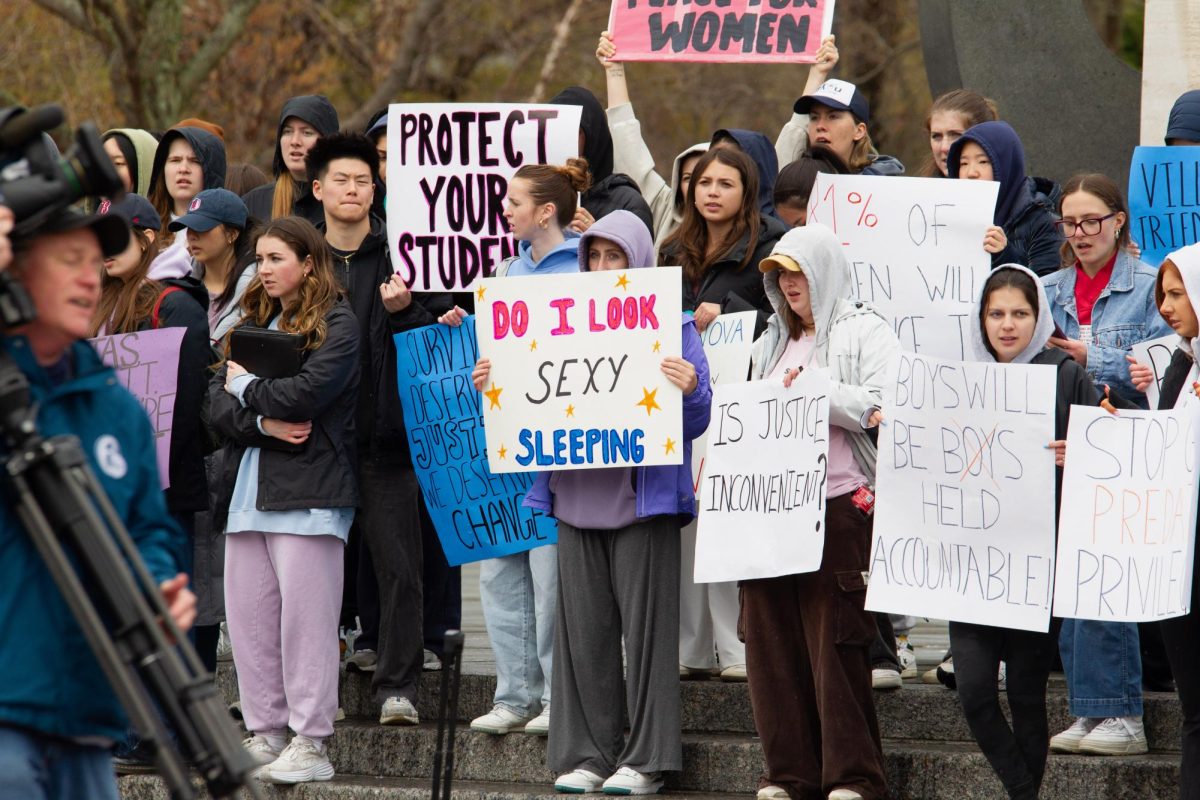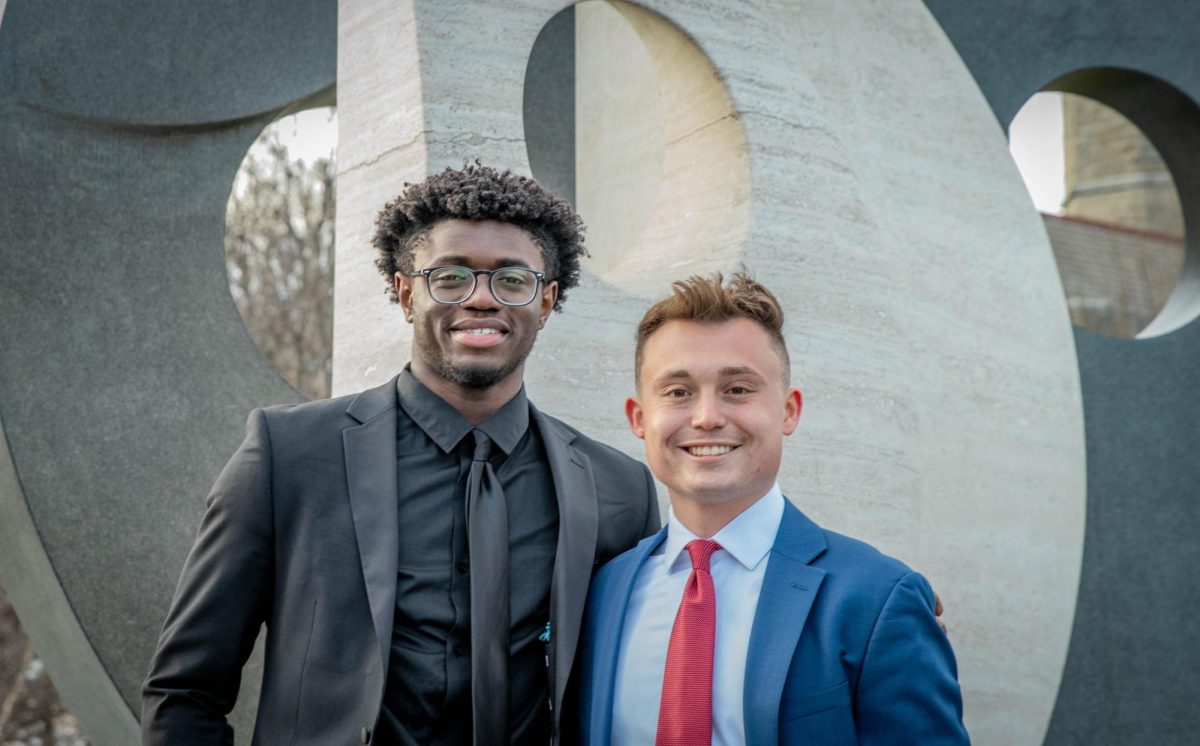The Israel-Hamas conflict reached a turning point on Jan. 15 as a ceasefire and hostage release deal was announced. In the days since then, multiple hostages have returned home, and actions have been taken to seize the violence that has been occurring in the region since October of 2023.
The goal of the ceasefire is to bring a permanent end to the fighting and free the hostages held by Hamas in Gaza in exchange for the Palestinian prisoners who are currently in Israel. The ceasefire began four days after it was originally announced. It was detailed how the ceasefire would be carried out in three stages. Stage 1 will last for 42 days and includes a complete ceasefire, including Israeli forces leaving populated areas and displaying Palestinians returning to their neighborhoods. Stage 2 will consist of Israeli forces making a complete withdrawal and more hostages being released. Stage 3 calls for the return of all remaining bodies and the reconstruction of Gaza to begin being discussed.
“My initial reaction was that this was long overdue,” associate professor of Global Interdisciplinary Studies, Samer Abboud, Ph.D., said. “The Qatari mediators confirmed after the formal signing of the agreement that the deal that both sides accepted was the same one that had been on the table since December 2023. This means that for more than a year Gaza and Palestinians there were subject to an unrelenting aggression that destroyed most of the area and made the Gaza Strip virtually uninhabitable. So much life could have been spared.”
As of Feb. 3, it is estimated that 183 Palestinian prisoners and three Israeli hostages have been released.
“Both Hillel and I are relieved to see the news regarding the ceasefire and release of hostages,” Villanova Hillel President Ethan Khan said. “Our stance on this issue has always been that human lives are sacred, no matter the situation we believe that the lives of those involved are paramount. As a representative of Villanova Hillel, I can confidently say we hope this positive momentum continues and leads to sustained peace in the Middle East.”
Many of the individuals released were serving life sentences after being charged for involvement in harmful attacks. The exchange that occurred this past Saturday was the fourth to occur since Israel and Hamas reached an agreement with one another. Additionally, this weekend brought about another key moment for the ceasefire as individuals suffering from illness or injury were allowed to depart from Gaza to Egypt through the Rafah Border crossing. This was the first time this border was open to civilians for the past nine months. Reopening this border served as an essential aspect of the ceasefire agreement.
“It is tough to tell at this point what it means for U.S. foreign relations, but it does indicate that this administration was not content with Israel’s forever wars in the region and wanted the conflicts to be brought to a simmer,” Abboud said. “We cannot forget that most Arab states were essentially supportive of Israel’s war and did nothing to stop it. In fact, normalization between Israel and the Arab states continued after October 2023.”
While negotiations continue to occur, Israeli Prime Minister Benjamin Netanyahu will pay a visit to the United States this week. He is the first foreign leader to meet with President Trump since his return to the White House last month. Netanyahu is planning to meet with Trump to discuss diplomatic relations and the full release of all hostages as described in a statement he released prior to his departure.
“The greatest takeaway is that innocent lives were saved and we have peace in the region,” Khan said. “At the end of the day, the ceasefire will ideally result in a significant period to establish a long-term, permanent solution in the area, prioritizing safety and human rights. Additionally, the hostage release is long awaited.”







